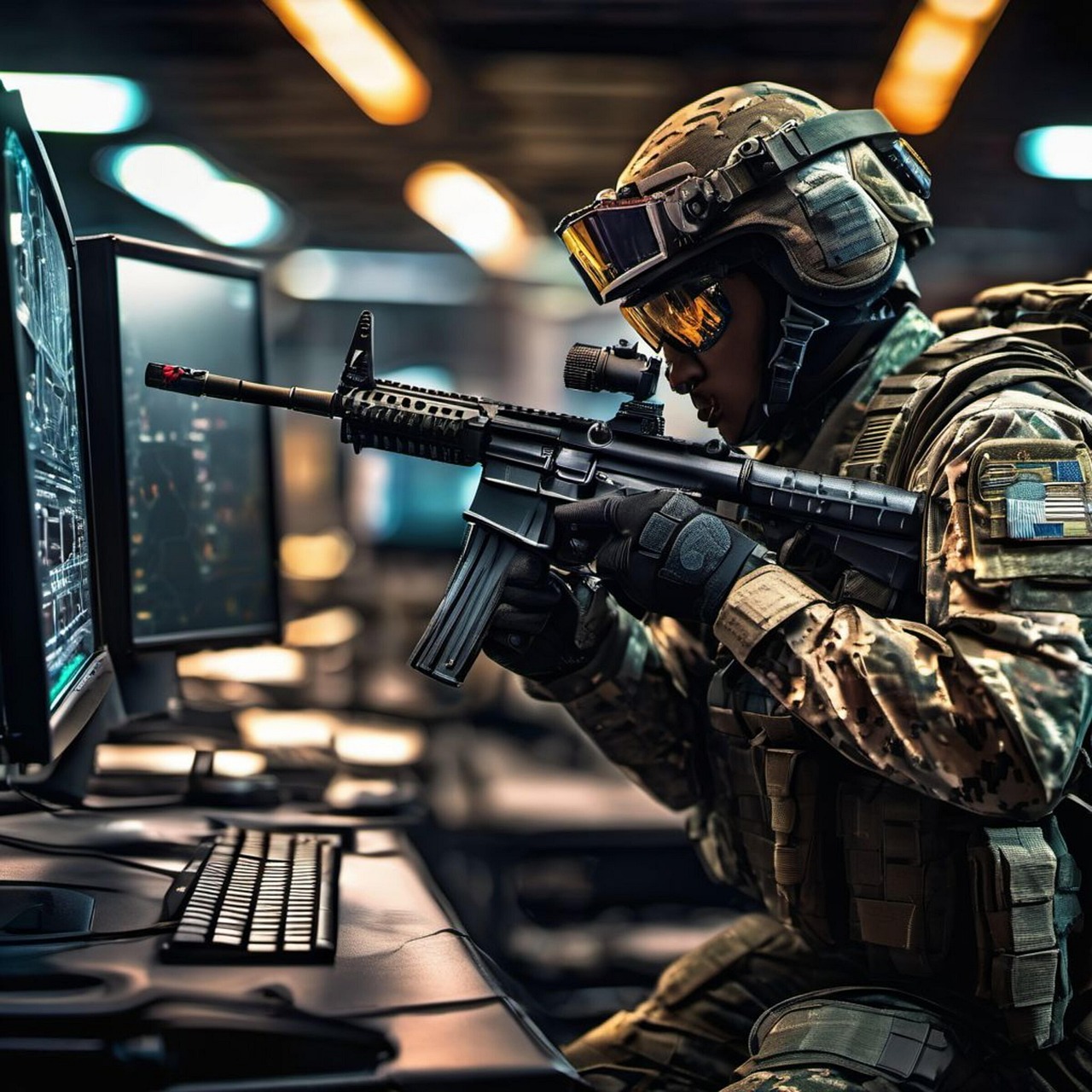Deepfakes and Disinformation: The Next Frontier in Cyber WarfareIntroductionIn the digital age, information is as powerful as weapons on the battlefield. As technology advances, new tools emerge that can be used for both legitimate and malicious purposes. Among these, deepfakes—AI-generated media that convincingly mimic real people—are proving to be a formidable weapon in cyber warfare. By combining deepfake technology with disinformation campaigns, malicious actors can manipulate public perception, disrupt elections, and destabilize nations.What Are Deepfakes?Deepfakes are synthetic media created using artificial intelligence, particularly deep learning algorithms. These technologies allow for the seamless replacement of one person’s likeness with another or the generation of entirely fabricated video and audio clips. The rise of deepfake technology has made it increasingly difficult to distinguish between authentic and manipulated media.While deepfake technology has legitimate applications, such as in entertainment and education, its misuse in disinformation campaigns poses significant risks.Deepfakes as a Tool for DisinformationDisinformation—the deliberate spread of false or misleading information—is a longstanding tactic in psychological warfare. With the addition of deepfakes, disinformation campaigns have reached a new level of sophistication. Malicious actors can use deepfake videos to:1. Manipulate Elections: Fake videos of politicians making controversial statements can be used to sway public opinion.2. Create Diplomatic Crises: Deepfakes can be deployed to fabricate threats or offensive remarks from world leaders, potentially triggering international tensions.3. Undermine Trust in Media: The proliferation of deepfakes can lead to widespread skepticism, where people start to doubt even legitimate news sources.4. Damage Reputations: High-profile individuals can be targeted with fake videos that falsely depict them engaging in unethical or criminal behavior.State-Sponsored Cyber WarfareGovernments and intelligence agencies are increasingly concerned about the role of deepfakes in cyber warfare. Some countries are believed to be developing deepfake capabilities as part of their cyber operations. These efforts could be used to influence foreign elections, disrupt democratic institutions, or manipulate public sentiment in rival nations.In 2020, the FBI issued a warning about deepfake threats, highlighting their potential use in foreign influence campaigns. The ability to create highly convincing fake content makes it easier for adversaries to spread propaganda while remaining anonymous.Challenges in Detecting and Combating DeepfakesThe rapid advancement of deepfake technology makes detection difficult. However, researchers and tech companies are working on countermeasures, including:AI-Powered Detection Tools: Companies like Microsoft, Google, and Facebook are developing algorithms that can identify deepfake videos by analyzing inconsistencies in facial movements and pixel patterns.Blockchain for Content Authentication: Some propose using blockchain technology to verify the authenticity of media files, ensuring that videos are not manipulated.Public Awareness Campaigns: Educating the public on the dangers of deepfakes and how to verify information is crucial in reducing their impact.The Future of Cyber WarfareAs deepfake technology becomes more advanced, the risks associated with cyber warfare will continue to evolve. Governments, private companies, and cybersecurity experts must work together to develop stronger defenses against deepfake-driven disinformation campaigns.International regulations and cooperation may also be necessary to address the growing threat. If left unchecked, deepfakes could become one of the most disruptive tools in modern cyber warfare, undermining trust in information and destabilizing societies.ConclusionDeepfakes represent the next frontier in cyber warfare, offering powerful tools for disinformation campaigns that can manipulate public opinion and influence geopolitical events. As technology progresses, the world must remain vigilant in detecting and combating this emerging threat. Strengthening digital literacy, improving AI-driven detection systems, and fostering global cooperation are essential steps in mitigating the dangers posed by deepfake-based cyber warfare.

